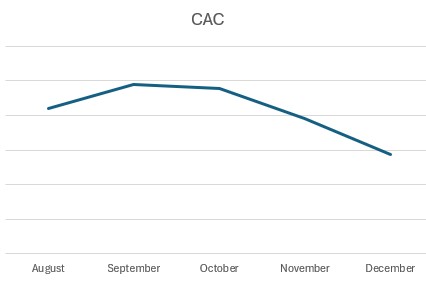1. Overview of the Client and Objectives
- Introduce the company:
An eye lens retailer primarily focused on brand awareness but eager to grow customer acquisition.
- Goal:
- Transition from brand-focused campaigns to acquisition-driven campaigns.
- Achieve measurable increases in new customer purchases (considering CAC)
2. Challenges Faced
Barriers to Acquisition:
- Higher competition on non-branded keywords.
- Need for new audience targeting and messaging.
- Need for a campaign structure that separates branded traffic from customer acquisition.
- Balancing the shift in strategy without losing brand visibility.
- Optimizing Conversions Without Breaking the Bank
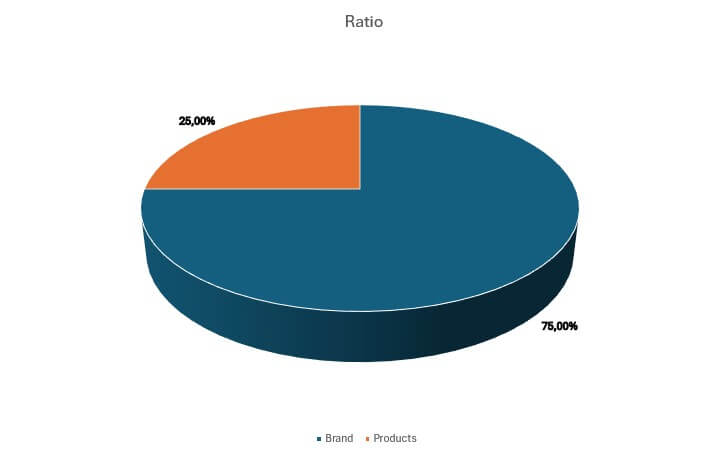
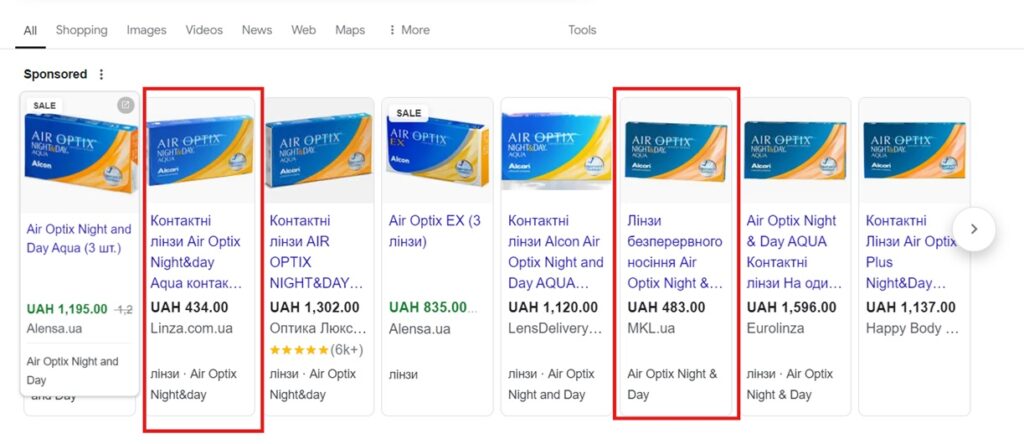
Initial Situation:
- Heavy reliance on branded keywords, leading to limited reach and low acquisition of new customers.
- At the beginning of our partnership with the company, the advertising account lacked a clear campaign structure. This made it difficult to analyze sales accurately, as there was no separation between loyal returning customers and new users coming from general or product-specific search queries.
- The advertised product items are, on average, 10% higher than competitive offers. And some items are 23% more expensive.
- The website was created on a platform that is no longer supported.
- It is not possible to add or edit code directly on the website. All changes can only be made through third-party applications like Google Tag Manager.
3. Strategy and Implementation
Reallocation of Budget:
- Shifted spend from branded campaigns to non-branded acquisition-focused campaigns.
- Non-Branded Strategy:
- We separated loyal customers who visit through branded search queries from customers who search by product names or use general phrases like "buy lenses in Kyiv". Separating branded traffic from customer acquisition was made possible by the functionality of adding negative keywords, as well as the ability to exclude brand names.
- Considering historical data, we decided to focus on best sellers. The campaign structure was divided into two categories: best-selling lenses (the most profitable and in-demand) and other lenses (non-promoted items).
- Audience Targeting / Sginals:
- Competitor websites.
- Used audiences from CRM data, segmented by product type.
- In-market audiences
- Ga4G ads audience “purchased on website”
- Ad Copy Revamp:
- Created persuasive ad copy emphasizing first-time purchase discounts, free shipping, and easy returns.
- Landing Page Alignment:
- Designed landing pages tailored to acquisition efforts, with strong CTAs like "Buy a set and get your discount"
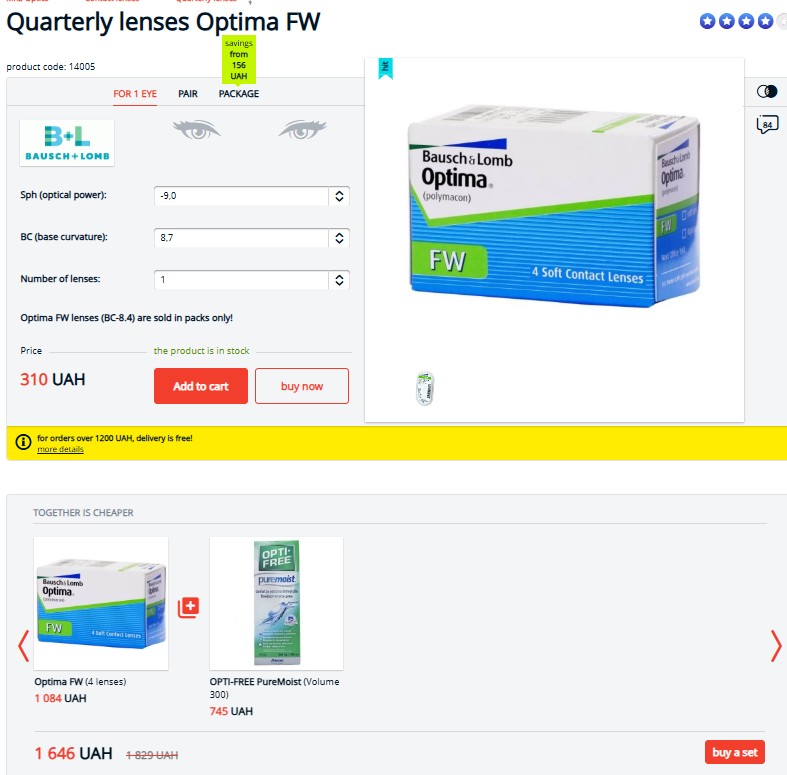
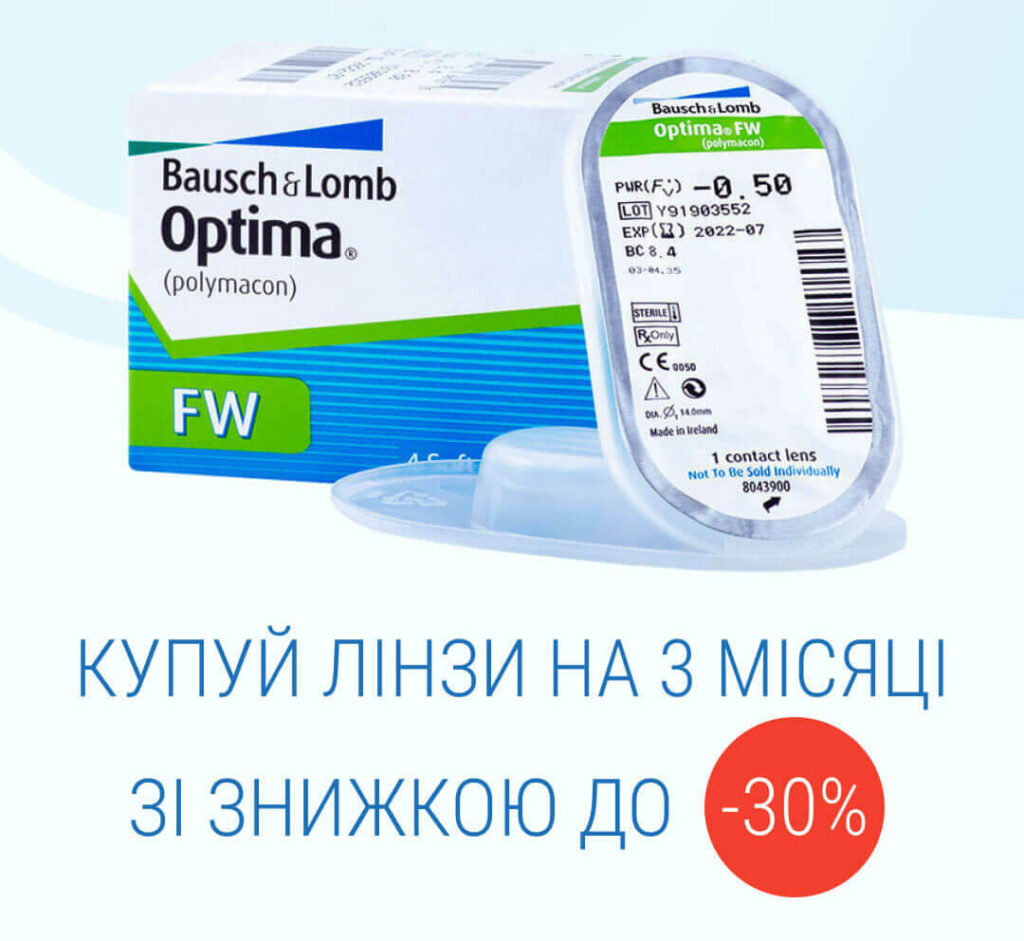
4. Tools and Features Used
To gain more precise control over user acquisition channels, we decided to create separate campaigns based on channel types:
- Pmax / Best sellers (product shopping campaigns)
- Pmax / non-promoted items
- RLSA / In-market
- Dynamic search ads / previously purchased audience
- Dynamic Display Campaigns / remarketing audiences
- Display Campaigns / previously purchased audience
- Shopping Campaigns: Focused on optimization by filtering out irrelevant keywords and gathering insights on demand peaks across different audiences.
Additionally used: brand exclusions; negative KW lists
- Enhanced tracking via Google Tag Manager and Google Analytics 4 to measure first-time purchase metrics.
- Ahrefs and Google planner to track competitive phrases and evaluate approximate value these pharses for business.
5. Results and Metrics
- Success Metrics for Acquisition:
- New customer acquisitions increased by 25%.
- Reduction in Customer Acquisition Cost (CAC) by 33%.
- Revenue from new users grew by 26%.
- fixed same budget for the specified months
6. Lessons Learned and Next Steps
- Key Takeaways:
- Balancing brand awareness with acquisition is critical for sustained growth.
- Investment in targeted ad copy and landing pages pays off in acquisition strategies.
- Next Steps:
- Continue optimizing acquisition campaigns (choosing appropriate asset groups).
- Scale non-branded campaigns further while reintroducing branded efforts during key promotional periods.


